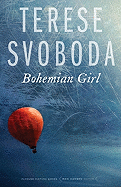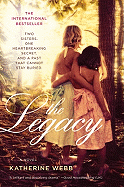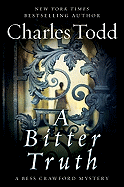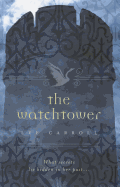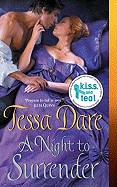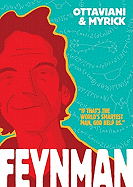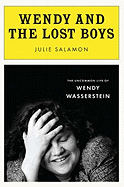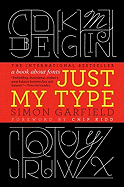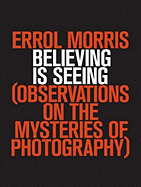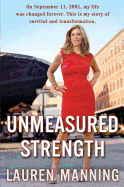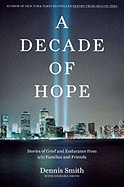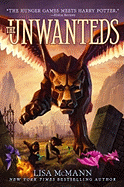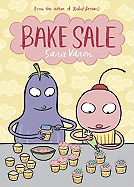In the Nook of Time
Normally quarterly results reported by Barnes & Noble late in August would be of interest mainly to sales and finance types in the book world. But these are not normal times. People took notice on Tuesday when the nation's largest bookseller said that sales of digital items--its Nook e-reader, Nook accessories and e-books--rose 140%, and that Nook business should top $1.8 billion this year. 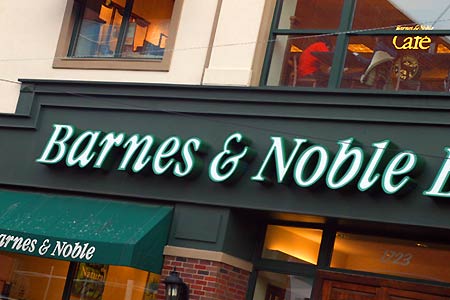 That wasn't all the news. B&N's website, which sells printed books as well as digital products, also did nicely: sales rose 37% and e-book sales quadrupled. Oh, and the company says it has nearly a third of the e-book market. Wall Street--not a fan lately of traditional media retailers--liked all these trends and promptly bid up B&N stock by 15%.
That wasn't all the news. B&N's website, which sells printed books as well as digital products, also did nicely: sales rose 37% and e-book sales quadrupled. Oh, and the company says it has nearly a third of the e-book market. Wall Street--not a fan lately of traditional media retailers--liked all these trends and promptly bid up B&N stock by 15%.
All that indicates that B&N has turned a corner in its effort to be a player in the e-book revolution and will not follow its onetime rival, Borders, into oblivion. The trends also mean that there will be real competition on the digital playing field, that it won't be an Amazon monopoly. This is important because the Kindle is the one e-reader that doesn't "share" with others and because Amazon tends to, shall we say, play rough.
By the way, B&N's shift doesn't mean that its stores are going away. It's easy to forget that about 80% of books sold continue to be traditional books, and the stores have been a big help in B&N's digital push: many Nooks have been sold in person to store customers. Perhaps most important, the stores continue to show their value as a kind of showroom, introducing readers to the great books that continue to be published, regardless of the changes buffeting the business.
This is all good news for publishers and authors, for most bookstore competitors of B&N--and ultimately for readers.
Happy reading! --John Mutter



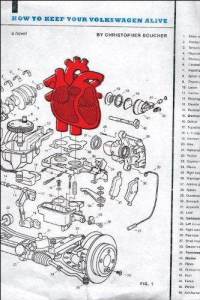 It was an awesome plan: to promote his novel How to Keep Your Volkswagen Alive, Christopher Boucher was going to fly to Los Angeles in early August, buy a 1972 Volkswagen Beetle, and drive it all the way back to Boston, stopping at bookstores along the way. "I bought a car sight unseen specifically to take it across the country," Boucher recalled, sitting in the offices of his publisher, Melville House, near the end of the tour. "We drove it for a day, just to get used to it. We drove it 50 miles or so." But when he and his wife pulled into the parking lot at Book Soup in West Hollywood, he noticed gasoline leaking from the carburetor.
It was an awesome plan: to promote his novel How to Keep Your Volkswagen Alive, Christopher Boucher was going to fly to Los Angeles in early August, buy a 1972 Volkswagen Beetle, and drive it all the way back to Boston, stopping at bookstores along the way. "I bought a car sight unseen specifically to take it across the country," Boucher recalled, sitting in the offices of his publisher, Melville House, near the end of the tour. "We drove it for a day, just to get used to it. We drove it 50 miles or so." But when he and his wife pulled into the parking lot at Book Soup in West Hollywood, he noticed gasoline leaking from the carburetor.
 But Boucher and his wife had plenty of fun on the road even without the VW--you can read all about it at Boucher's blog at
But Boucher and his wife had plenty of fun on the road even without the VW--you can read all about it at Boucher's blog at 
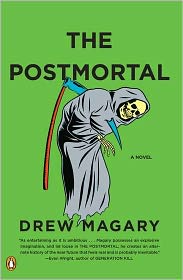 Book you've faked reading:
Book you've faked reading: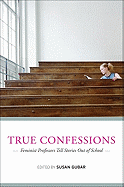 Earlier this week Shelf Awareness ran a review of
Earlier this week Shelf Awareness ran a review of 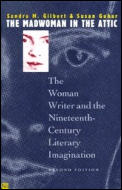 The Madwoman in the Attic: The Woman Writer and the Nineteenth-Century Literary Imagination by Sandra M. Gilbert and Susan Gubar: Considered by many to be the classic women's-studies text on novels like Jane Eyre and Middlemarch, Professors Gilbert and Gubar's take is sometimes didactic and circular--but that's mostly because when they first published this book in 1979, they had a lot of convincing to do in the staid, canonical ivory towers of academe.
The Madwoman in the Attic: The Woman Writer and the Nineteenth-Century Literary Imagination by Sandra M. Gilbert and Susan Gubar: Considered by many to be the classic women's-studies text on novels like Jane Eyre and Middlemarch, Professors Gilbert and Gubar's take is sometimes didactic and circular--but that's mostly because when they first published this book in 1979, they had a lot of convincing to do in the staid, canonical ivory towers of academe.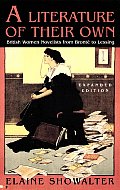 A Literature of Their Own by Elaine Showalter pays titular homage to one great British feminist writer, Virginia Woolf, who argued that any woman who wants to write needs a room of her own. Showalter's great contribution to literary studies was to demonstrate that the obstacles women writers faced for centuries really did hold them back and prevent them from literary productivity.
A Literature of Their Own by Elaine Showalter pays titular homage to one great British feminist writer, Virginia Woolf, who argued that any woman who wants to write needs a room of her own. Showalter's great contribution to literary studies was to demonstrate that the obstacles women writers faced for centuries really did hold them back and prevent them from literary productivity.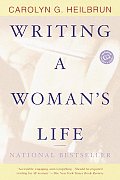 Writing A Woman's Life by Carolyn G. Heilbrun is probably the most reader-friendly book on this list--but the thought behind the late, great Columbia University cultural studies professor's wo-manifesto equals that of her colleagues' more academic tomes. Heilbrun believed that women's attempts to tell stories, whether fictional or not, were too long shaped by patriarchal language and expectations. --
Writing A Woman's Life by Carolyn G. Heilbrun is probably the most reader-friendly book on this list--but the thought behind the late, great Columbia University cultural studies professor's wo-manifesto equals that of her colleagues' more academic tomes. Heilbrun believed that women's attempts to tell stories, whether fictional or not, were too long shaped by patriarchal language and expectations. --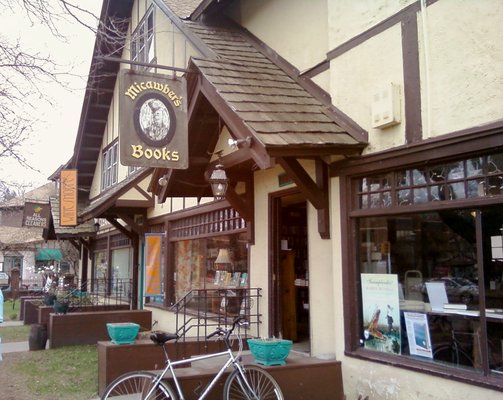 Sometimes the customer is really right. A few weeks ago, a patron of
Sometimes the customer is really right. A few weeks ago, a patron of 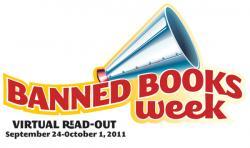 A new part of Banned Books Week, held every year to highlight this perennial problem, is the
A new part of Banned Books Week, held every year to highlight this perennial problem, is the 